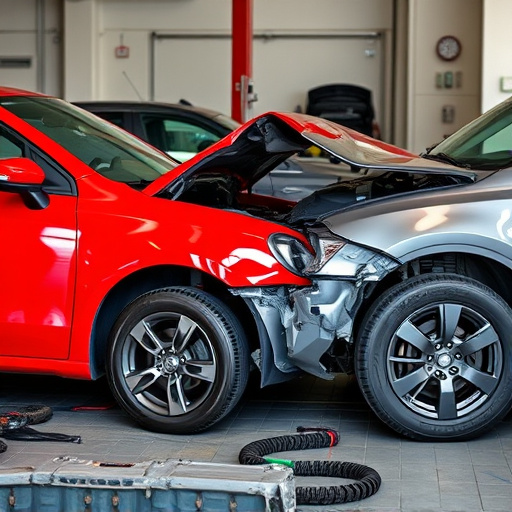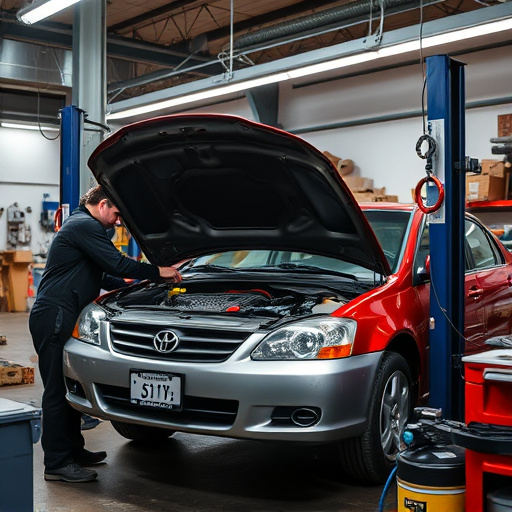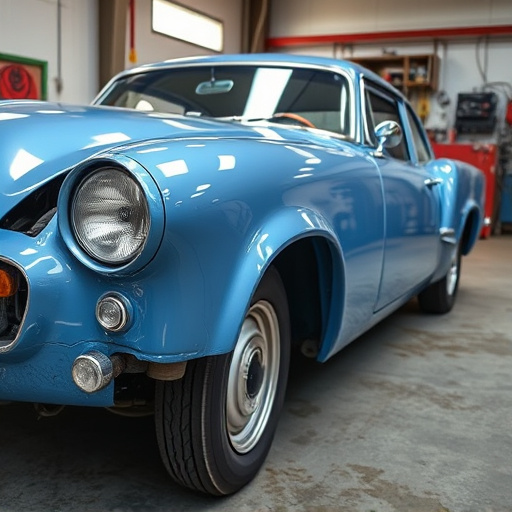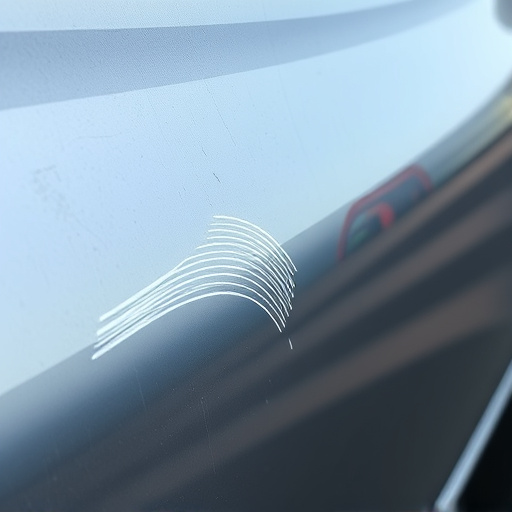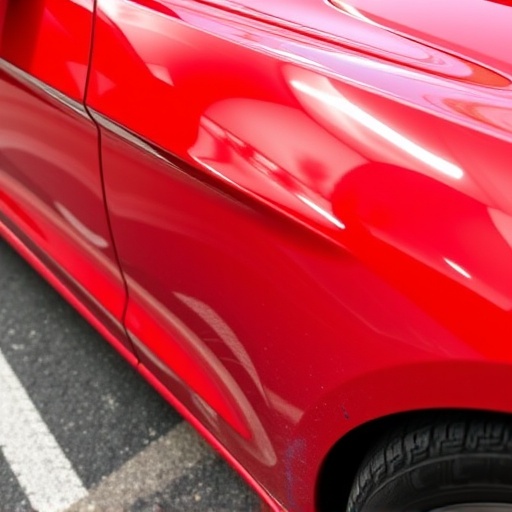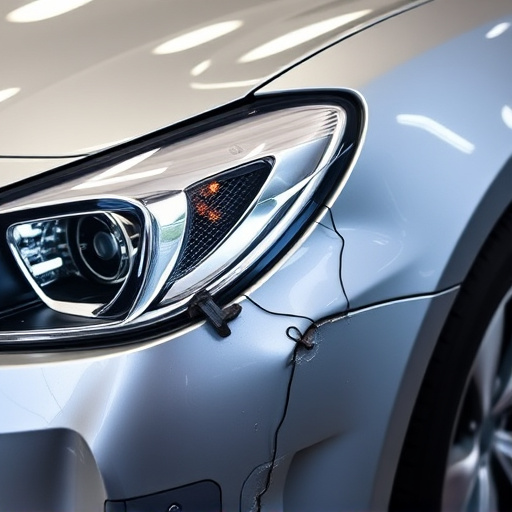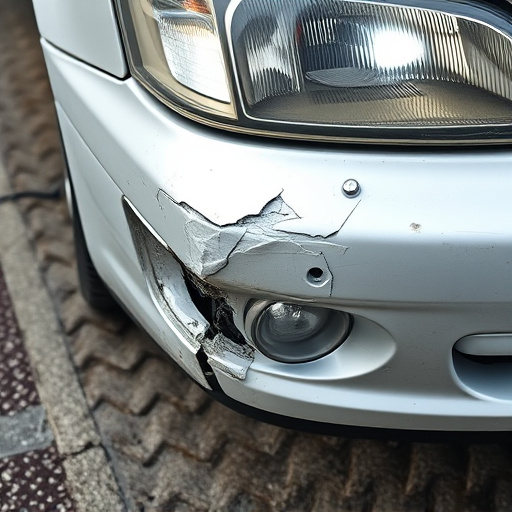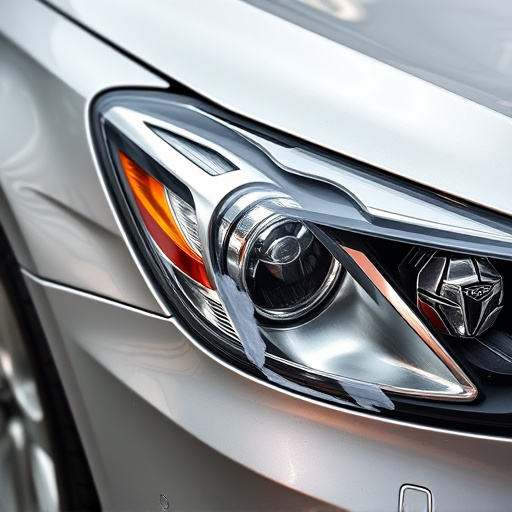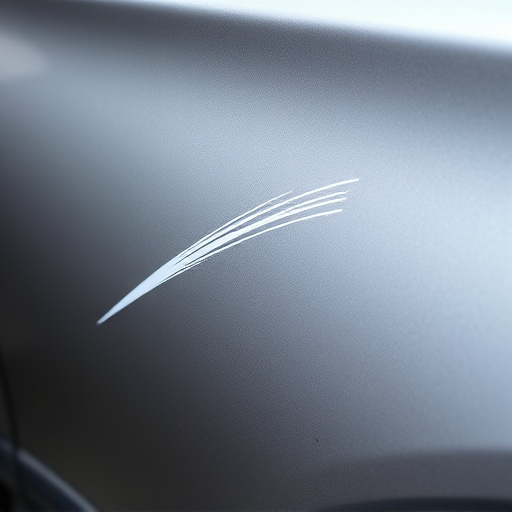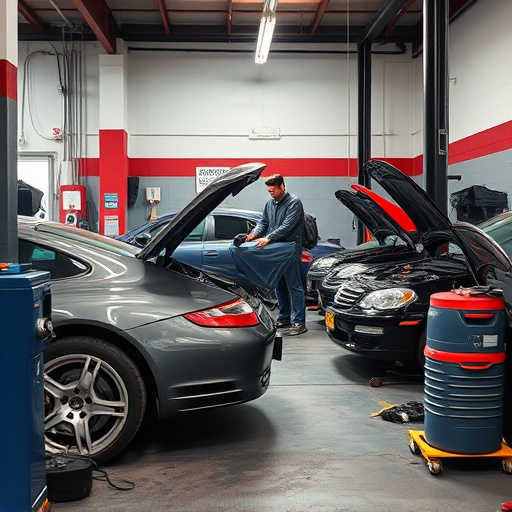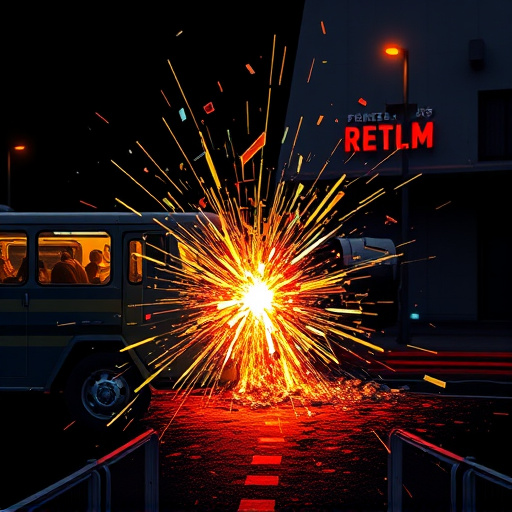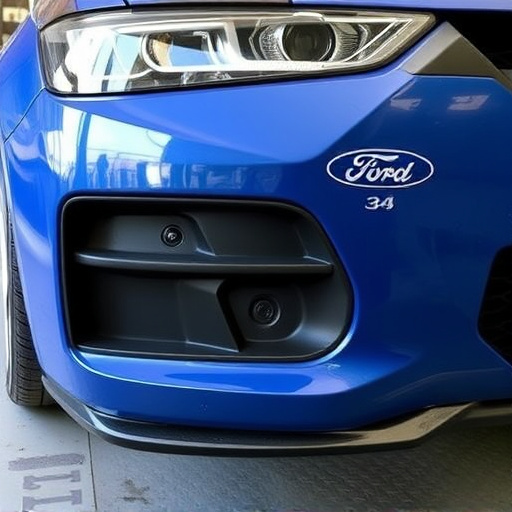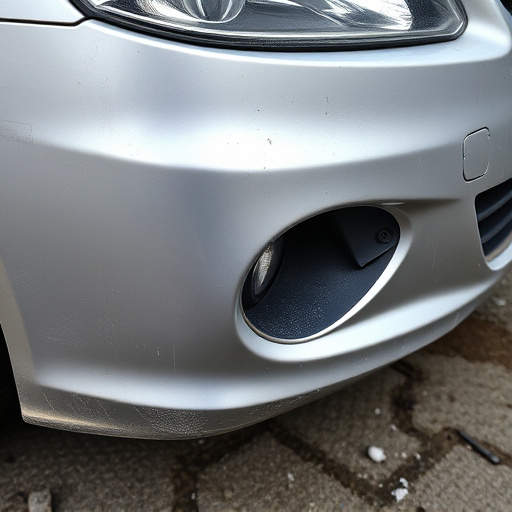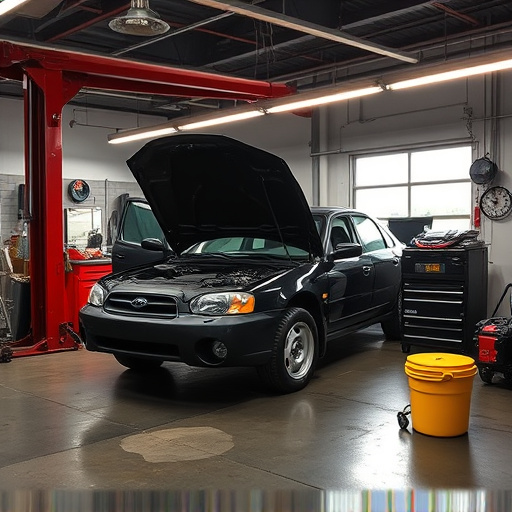ASE certified collision repair excels through rigorous standards, specialized knowledge, and advanced skills in assessment, planning, and diverse repairs like panel removal, painting, and frame straightening. Certification ensures high-quality materials, equipment, precise work, reduced vehicle downtime, maximized value, and customer satisfaction.
In today’s automotive landscape, understanding the distinction between standard repairs and ASE certified collision procedures is paramount for vehicle owners. This article delves into these two approaches, providing a comprehensive comparison. We explore the intricacies of standard repair processes, then shine a spotlight on the enhanced safety and quality guarantees of ASE certified collision repair. By examining key differences and benefits, drivers can make informed decisions, ensuring their vehicles are restored to peak condition using the latest industry standards.
- Understanding Standard Repair Processes
- Exploring ASE Certified Collision Repair Standards
- Key Differences and Benefits of Certification
Understanding Standard Repair Processes

Standard repair processes form the foundation of automotive servicing, particularly in collision repair. When a vehicle arrives at an auto collision center or automotive body shop with dents or damages, the initial steps involve assessing and planning. This includes examining the extent of the car dent repair needs, gathering necessary tools and materials, and preparing the workspace. The process often starts with removing damaged panels, straightening them if needed, and then patching and painting to restore the vehicle’s original condition. These procedures are typically executed by skilled technicians who follow established industry standards and best practices.
Understanding standard repair processes is crucial when comparing them to ASE certified collision repair. ASE certification demonstrates a higher level of expertise and adherence to rigorous professional standards. Certified technicians possess specialized knowledge in various aspects, including complex car dent repair techniques, use of advanced equipment, and application of high-quality materials. This results in not just repairs that meet industry standards but also ensure longevity, aesthetics, and safety—outperforming standard procedures in many cases, especially for more intricate damage scenarios.
Exploring ASE Certified Collision Repair Standards

The ASE Certified Collision Repair standards are a set of rigorous guidelines designed to ensure high-quality and safe automobile restoration. These standards cover everything from initial assessment to final inspection, emphasizing precision and adherence to manufacturer specifications. The process involves detailed procedures for various types of repairs, including but not limited to, dent removal, painting, and body panel replacement, ensuring each step is executed with expert skill.
ASE certification guarantees that repair technicians have undergone comprehensive training and passed rigorous exams, showcasing their proficiency in ASE certified collision repair techniques. This includes mastering complex tasks such as straightening frameworks, applying advanced paint matching, and performing intricate autobody repairs to restore vehicles to their pre-accident condition. Moreover, these standards promote the use of high-quality materials and equipment, ensuring not just visual but also structural integrity in every car repair service provided.
Key Differences and Benefits of Certification
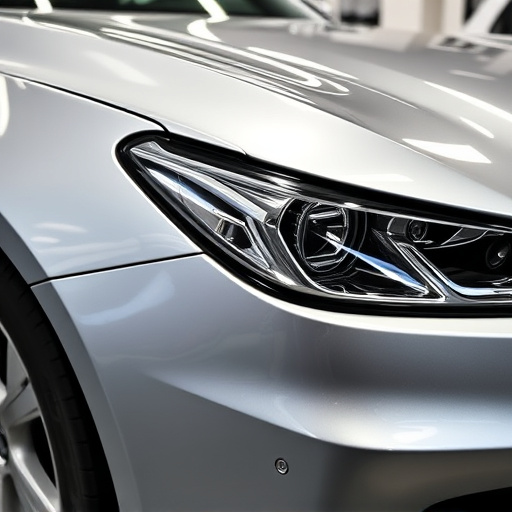
When comparing standard repairs to ASE certified collision procedures, one key difference lies in the level of training and expertise involved. ASE (Automotive Service Excellence) certification is a hallmark of excellence in auto body repair, ensuring that technicians have undergone rigorous training and passed comprehensive exams covering every aspect of collision repair. This means they possess advanced skills in areas like panel replacement, frame straightening, and paint technology, all crucial for restoring vehicles to their pre-accident condition.
The benefits of ASE certified collision repair extend beyond just skill sets. Certified shops often invest in state-of-the-art equipment and adhere to strict quality control measures, guaranteeing precise repairs and superior customer satisfaction. Moreover, these procedures are designed to minimize downtime and maximize vehicle value, making them a preferred choice for car owners seeking reliable and high-quality auto body services.
In comparing standard repairs to ASE certified collision procedures, it’s clear that ASE certification offers significant advantages. The higher standards set by ASE ensure vehicles are repaired using the latest techniques and materials, leading to better quality and safety. Investing in ASE certified collision repair not only protects your vehicle’s value but also provides peace of mind knowing you’re in capable hands. Embrace these enhanced procedures for a superior restoration experience.
